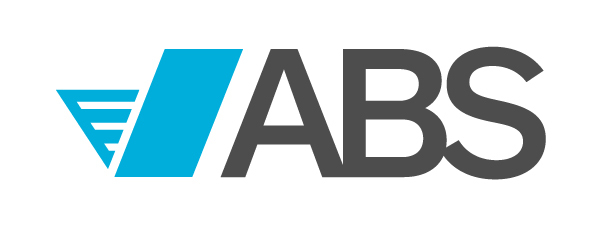There seems to be lots of confusion surrounding this issue. I hear this question all the time, if I am only doing 20,000 copies and prints per month, why in the world are you suggesting a machine that has a duty cycle of 300,000.
Let me try to explain it here, you may also download this document; Duty Cycle Mystery Solved as a .pdf attachment.
What exactly is Duty Cycle?
Duty Cycle is a print device’s rated capacity to continuously perform work under normal conditions.
It is usually expressed as the sustainable volume that can be printed per month.
(in letter-sized pages)
What are considered “normal conditions”?
Because Duty Cycle is based on how the printer performs under “normal conditions,” you first must define what “normal conditions” are—and there are many factors that affect the execution of everyday print jobs.
These include everything from the robustness of the machine and the types of applications being run, to the physical environment in which the customer is printing. In addition, any true measure of what constitutes “normal” must account for those occasions when a job is running at less than maximum speed. And as we all know, there are other times a job isn’t running and the machine sits idle. It’s a natural part of the printing business. So to calculate Duty Cycle, Xerox takes into account these “normal conditions”, as well as the anticipated shift usage per week, to consider all factors that a machine and its operators may encounter when running print jobs.
What is the difference between AMPV and Duty Cycle?
Duty Cycle takes into account the actual capabilities of a machine with varying circumstances, while Average Monthly Print Volume (AMPV) is the volume an average customer is expected to produce on a machine in a month.
AMPV reflects a range of an entire machine population’s monthly usage, while Duty Cycle displays the potential to grow while still utilizing the machine.
This is important to keep in mind because although a customer’s typical print volume may fall into the AMPV range, the company may grow beyond the usual volume and printing capability of the machine.
This is why when making a buying decision, a customer should look at their AMPV and the company’s potential to grow.
For example, if the DocuColor 8000 has a Duty Cycle of 1,200,000; that means that the machine is capable on a sustainable basis of printing that many pages in a month under normal conditions.
The high-end targeted AMPV for a customer owning that machine is typically 400,000, meaning that the machine is actually capable of printing three times that amount in a month if needed.
As stated earlier, when making a buying decision, a customer should look at their AMPV and the company’s potential to grow. For example, if a customer’s AMPV is around 300,000 but the company is prospering and the potential for expansion is high, the customer should consider investing in a machine with a higher range in print volume in order to meet their current printing demands without restricting future opportunities.
Another example would be if a company has an AMPV month to month around 30,000, but may have a large print run of 250,000 every September for sales collateral. Although a Xerox Color 550 meets the customer’s usual need, it is worth investing in a Xerox C75 to better meet the demands needed for the crucial September print volume.
